I am trying to plot two different lines from a same vector in python using Matplotlib. For this, I use an additional vector whose values on certain indices filter the general array to plot in a certain line. The code is:
import matplotlib.pyplot as plt
def visualize_method(general, changes):
'''Correctly plots the data to visualize reversals and trials'''
x = np.array([i for i in range(len(general))])
plt.plot(x[changes==0], general[changes==0],
x[changes==1], general[changes==1],
linestyle='--', marker='o')
plt.show()
When plotting the data, the result is:

As it can be observed, the y axis is "duplicated", how could I use the same y and x axis for this filtered plot?